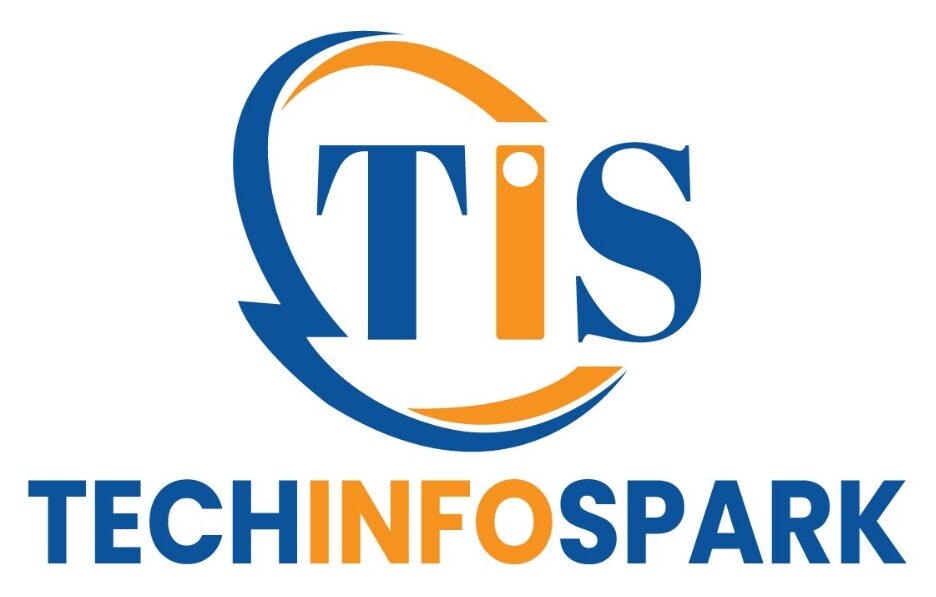1. Pick a niche (but keep options open)
A profitable blog usually begins with a clear niche. Niche selection helps you:
-
Target the right audience
-
Rank faster in search engines
-
Create products or partnerships that convert
Pick a niche you care about and that has commercial potential (e.g., personal finance, parenting, niche travel, fitness, DIY, small business tools). Validate demand with simple keyword checks and by scanning forums/social groups where your audience hangs out.
2. Choose a domain name and hosting
Keep your domain:
-
Short, memorable, and easy to spell
-
Ideally including a keyword (if natural) or brandable phrase
Choose reliable hosting (shared hosting for beginners, or managed WordPress for scale). Install a CMS — WordPress remains the most flexible for SEO and monetization. Use a clean, responsive theme so mobile users have a great experience.
3. Build cornerstone content
Before promoting, create a set of cornerstone posts — 5–10 in-depth, helpful articles that showcase your expertise and target primary keywords. Cornerstone content characteristics:
-
1,200–2,500+ words (when topic requires depth)
-
Practical, step-by-step, and evergreen
-
Internally linked to other posts
Add an About page that speaks to your audience’s pain points and explains why they should trust you.
4. Basic SEO that moves the needle
You don’t need to be an SEO expert to rank. Focus on:
-
Keyword intent: match the searcher’s goal (learn, compare, buy).
-
On-page basics: optimized title tag, meta description, H1, short URL slug, and clear headings.
-
Internal linking: connect new posts to cornerstone content.
-
Fast loading time and mobile-first design.
-
A simple XML sitemap and Google Search Console registration.
Write for humans first — search engines reward helpful content.
5. Traffic channels (don’t put all eggs in one basket)
-
Organic search (SEO): Long-term, highest ROI. Consistent content + optimization grows traffic.
-
Social media: Great for distribution and community-building. Choose 1–2 platforms where your audience spends time.
-
Email marketing: The most valuable traffic source. Start collecting emails from day one with a simple lead magnet (checklist, short guide, template).
-
Guest posts & partnerships: Tap into existing audiences via interviews, roundups, and collaborations.
6. Monetization methods that scale
Mix several of these for steady income:
-
Affiliate marketing
Recommend products/services you genuinely use. Place affiliate links in reviews, tutorials, and “best of” lists. Be transparent with disclosures. -
Display ads
Use ad networks (e.g., Google AdSense, Mediavine once eligible). Ads work best with high traffic; they’re passive but often low RPM for niche audiences. -
Digital products
Ebooks, courses, templates, printables — high-margin and scalable. Validate with email subscribers before building a full course. -
Sponsored posts & brand partnerships
Brands pay for content or promotion once you have an engaged audience. Create a media kit that lists your traffic, audience demographics, and rates. -
Services & consulting
Turn blog authority into freelance work, coaching, or agency offers. Services often pay the bills early on. -
Memberships & subscriptions
Offer exclusive content, community access, or premium resources behind a paywall (e.g., Patreon, Memberful).
7. Convert visitors into subscribers & buyers
Treat every post as an entry point to a funnel:
-
Use clear CTAs (join the email list, download the guide, buy the course).
-
Offer multiple opt-in opportunities: sidebar, in-content, exit intent.
-
Build automated email sequences to nurture readers and promote your products.
8. Measure, iterate, repeat
Track these KPIs:
-
Organic traffic & top-performing pages
-
Email growth rate and open/click metrics
-
Conversion rates on lead magnets and sales pages
-
Revenue per traffic source
Use analytics to double down on what works. Update old posts (refresh facts, add images, improve CTAs) — often the fastest way to boost traffic.
9. Legal & trust signals
-
Display a privacy policy and affiliate disclosure.
-
Use clear contact info and an About page that builds credibility.
-
Consider a basic cookie consent tool if you target EU users.
10. Realistic timeline & expectations
Most profitable blogs take months to years to scale. You can earn small amounts quickly through affiliate links or freelance services, but predictable, passive income requires consistent content creation, promotion, and product development.
From the one and only Team Techinfospark
For more tech blogs, visit our website: Tech Info Sparks



